Table of Contents
- What Is a Customer Support Voicebot?
- Why Businesses Choose AI Voice Solutions for Customer Support
- Comparing Voice Bots and Live Agents in Customer Service
- Voice AI Use Cases Across Industries
- Features That Define the Best Voice Bot Solutions
- The ROI of Investing in Voice Bot AI for Customer Support
- Implementation: Building and Launching Your AI Support Agent
- Voice Bot Solutions vs. Legacy Support Tools
- Real-World Scenarios Where AI Voicebots Excel
- Frequently Asked Questions
- Final Thoughts
- See Whippy in action
Try Whippy for Your Team
Experience how fast, automated communication drives growth.

Customer support has evolved from a reactive function into a critical driver of brand perception, customer loyalty, and business growth. As demand for faster, smarter service continues to rise, businesses are embracing 24/7 support voice automation to scale operations without sacrificing quality or responsiveness.
But what makes a voice bot truly effective for customer support? How do modern AI voicebots outperform live agents in handling Tier 1 tasks? And how can your team benefit from intelligent voice automation?
This guide answers those questions and reveals the real ROI of voicebots—plus why leading companies choose Whippy’s AI voicebot to deliver next-generation customer experiences.
What Is a Customer Support Voicebot?
A customer support voicebot is more than a glorified IVR. Think of it as a conversational AI agent—an intelligent layer that hears, understands, and responds just like a human, yet runs entirely on code. Powered by state‑of‑the‑art speech‑to‑text / text‑to‑speech (ASR / TTS) and large language models, it can be deployed as an AI phone bot for CX teams to manage thousands of calls simultaneously.
Unlike yesterday’s menu‑driven phone trees, a modern solution can:
Answer FAQs on shipping, billing, or product specs 24/7
Handle appointment changes and send confirmations by text or email
Track orders in real time by querying your OMS or ERP
Escalate complex issues to live agents with full context
Integrate with CRM or helpdesk tools for effortless case creation
Capture qualified leads after hours and pass them to Sales
Because the model continues to learn, you can fine‑tune tone, compliance rules, and industry‑specific vocabulary on a rolling basis. This flexibility means the same engine that books a dental cleaning at 9 a.m. can, an hour later, quote insurance deductibles—no code rewrite required.
In short, the technology automates routine tasks and automates customer support conversations that used to tie up your front line. Whether you’re a fast‑growing ecommerce shop or a global service provider, the system scales voice‑based customer engagement without hiring more staff.
Choosing the right voicebot service is critical for long-term support success—especially one that evolves with your business, adapts to industry language, and supports robust backend integrations.
Why Businesses Choose AI Voice Solutions for Customer Support
1. 24/7 Availability
A 24/7 voice bot for customer service guarantees callers always reach a helpful resource—no voicemails, no wait music. This level of 24/7 customer service automation ensures uninterrupted assistance, even when your team is offline. Acting as an always‑on AI voice assistant for support, it keeps your SLAs intact even on weekends. Brands that operate internationally lean on an AI phone bot for CX teams to deliver round‑the‑clock consistency irrespective of time zone.
2. Cost Efficiency & Cost Effectiveness
Adding headcount gets expensive fast. In contrast, a support voice bot integration absorbs high‑volume Tier 1 interactions at a fraction of the cost—often producing a 40–70 percent savings in OpEx. This dramatic cost effectiveness frees budget to fund strategic initiatives while protecting margins.
3. Higher Satisfaction Rates
Speed plus accuracy equals loyalty. With intelligible routing, CRM look‑ups, and real‑time data fetches, AI voice automation for support calls delivers answers in seconds. Users feel heard, issues resolve on first contact, and CSAT climbs. Meanwhile, agents handle nuanced cases, boosting morale.
4. Revenue & Qualified Leads
Because the bot never sleeps, it captures inbound interest whenever it appears. Outside business hours it can qualify prospects—collecting intent, budget, and contact info—then push qualified leads directly into the pipeline. Many Whippy clients report double‑digit increases in conversion simply by being "always open."
5. Effortless Scalability
Product launch? Black‑Friday traffic spike? No problem. Cloud‑based AI‑powered agents scale horizontally in milliseconds, maintaining quality and latency regardless of call volume. Operations teams can fine‑tune flows on the fly, deploying new FAQs or promotional scripts without redeploying code.
6. Multilingual Reach
Modern multilingual voice bots converse fluently in 20‑plus languages. They deliver culturally appropriate messaging, compliant disclosures, and localized upsells—helping brands expand into new markets without hiring native speakers.
Collectively, these advantages explain why so many enterprises adopt an AI voicebot for customer service as the foundation of their support strategy.
Comparing Voice Bots and Live Agents in Customer Service
Feature | Voice Bot | Live Agent |
|---|---|---|
24/7 availability | ✅ | ❌ |
Handles Tier 1 issues | ✅ | ✅ |
Speed of response | ✅ | ❌ |
Cost per interaction | Low | High |
Scalability | ✅ | Limited |
Multilingual support | ✅ | Varies |
Conclusion: For Tier 1 customer support, a modern AI voice bot for customer service delivers speed, consistency, and savings that traditional teams can’t match alone.
When analyzing voicebot vs live agent customer service, the most effective strategy is often a hybrid model—where bots handle high-volume tasks and agents focus on emotional intelligence, escalation, and retention.
Voice AI Use Cases Across Industries
Voice‑first automation isn’t limited to a single vertical. Because today’s conversation automation engines are data‑driven and easy to fine tune, businesses across the spectrum are embedding voicebots in customer communication to speed resolution, reduce costs, and create a more personalized experience through every stage of the customer journey.
Below are some of the highest‑impact voicebot use cases across industries. Notice how each scenario focuses on understanding and responding to intent—not merely playing back scripted prompts.
1. Ecommerce
An AI voicebot for ecommerce support answers product questions, checks inventory, and processes returns. It keeps customers informed about shipping updates in real time and flags high‑value callers as qualified leads for the sales team. With deep order‑management hooks, it seamlessly automates routine look‑ups so agents can focus on upsells and VIP care.
2. Healthcare
HIPAA‑compliant AI voice customer service applications schedule appointments, deliver medication reminders, and triage symptom calls. Because the bot continuously fine tunes itself on medical terminology, it improves accuracy over time while maintaining the strict data‑handling requirements of the sector.
3. Insurance
A conversational system can intake First Notice of Loss (FNOL) details, confirm policy numbers, and route the claim—all without human intervention. By automatically concluding minor claims, the carrier shortens cycle times and reserves human adjusters for complex cases. This dual‑track approach both lowers costs and builds policyholder loyalty.
4. Recruiting
An AI support voice agent screens applicants, gathers availability, and books interviews, keeping candidate communications professional and prompt. Meanwhile, recruiters receive real‑time transcripts and sentiment scores so they can concentrate on high‑potential talent.
5. Membership‑Based Businesses
Gyms, salons, and co‑working spaces rely on 24/7 customer service voicebots to handle bookings, membership upgrades, and billing inquiries. By parsing intent in natural language, the system gently promotes premium packages—boosting retention while keeping customer conversations friendly and on‑brand.
6. SaaS & Startups
A custom AI voice bot can onboard users, reset credentials, and guide renewal talks. By integrating with product‑usage data, it tailors tips and nudges to each user’s in‑app path, ensuring they see value quickly. The bot also surfaces expansion signals as qualified leads for account executives.
Features That Define the Best Voice Bot Solutions
Meeting—and beating—modern expectations requires more than an auto‑attendant. World‑class platforms combine deep NLP with enterprise‑grade tooling so you can orchestrate customer conversations with zero friction.
Must‑have capabilities include:
Custom AI bot voice – Craft a branded persona that aligns with tone guidelines and supports emotional nuance. A recognizable voice builds trust and continuity across the customer journey.
Advanced CRM integration – Sync records, pull historical context, and update tickets in real time so agents step in with full background. This tight coupling shortens handle time and powers context‑rich conversation automation.
No‑code AI agents – Empower operations managers—not just developers—to launch or iterate flows. Drag‑and‑drop tooling means your sales team can spin up an upsell campaign as easily as Support builds an answering FAQs path.
Rich performance analytics – Track deflection rate, call sentiment, and usage heat‑maps. By seeing which intents spike, you know exactly where to fine tune scripts or escalate to humans.
Support automation platform depth – Features like behavioral routing, knowledge‑base look‑ups, and proactive alerts ensure the system not only reacts but keeps customers informed.
Omnichannel AI agents – Pair the phone experience with SMS, chat, and an ai voice chat bot, giving users their channel of choice without siloed data.
Whippy’s solution checks every box—backed by a cloud architecture proven to scale alongside your growth trajectory. See how it works.
The ROI of Investing in Voice Bot AI for Customer Support
Deploying a next‑generation solution isn’t just a support expense—it’s a revenue catalyst that lifts every stage of the funnel.
For organizations evaluating voice bot ROI support, the benefits go beyond cost reduction. Today’s AI-driven systems generate real financial value by reducing handle time, capturing leads, and improving conversion rates. Each metric directly contributes to a faster, data-backed return on investment—making voice automation a strategic, not just operational, asset.
KPI Impact | Typical Gain | Business Result |
|---|---|---|
Cost per interaction | ↓ 50 % | Immediate cost effectiveness compared to staffing more agents |
Resolution speed | 3× faster | Shorter queues and happier users |
Lead capture after hours | +30 % | More qualified leads passed to the sales team |
Data‑entry accuracy | ↑ 25 % | Fewer manual fixes and re‑work |
Upsell conversion | +15 % | Timely, personalized experience nudges increase wallet share |
Hidden ROI Drivers
- Managing customer expectations – Instant answers keep customers informed and engaged, reducing churn.
- Intelligent routing – High‑value or frustrated callers soar to the front of the queue, protecting loyalty.
- Continuous learning – Usage data feeds back into the engine, allowing teams to fine tune conversations for emerging trends.
- Conversation transcripts – Marketing mines anonymized logs to discover product gaps and new feature ideas.
In total, businesses see a rapid payback—often within three to six months—because the system both automates customer support and unearths fresh revenue opportunities.
Implementation: Building and Launching Your AI Support Agent
Rolling out a voice‑first solution is far less intimidating than many teams expect. Thanks to no‑code builders and seamless integration connectors, you can stand up a fully functional voice AI for Tier 1 support in days rather than months. Here is a proven, step‑by‑step blueprint:
1. Identify repetitive support queries to automate. Pull call‑log analytics and pinpoint the top 10 contact drivers: password resets, shipping status, billing explanations, subscription pauses—whatever clogs your queue. These high‑frequency intents are prime candidates for automated phone support.
2. Map conversation flows using a no‑code builder. Drag‑and‑drop nodes to define greetings, slot‑filling questions, data pulls, and escalation points. Embedded guardrails safeguard compliance rules and brand tone.
3. Train the conversational AI voicebot with sample dialogues. Feed it real transcripts so the model learns phrasing nuances. Continue to fine tune with edge‑case examples to boost accuracy.
4. Configure escalation paths and CRM integration. When the bot reaches its confidence threshold—or detects emotional language—it hands off to a live agent, complete with a structured summary and customer history fetched via API. This context transfer improves customer experiences by eliminating repetitive re‑tells.
5. Launch in stages and collect real‑time feedback. Start with internal testing, then move to a small customer cohort. Monitor key voicebot performance / evaluation / metrics such as intent‑recognition accuracy, containment rate, and average handle time.
6. Optimize based on usage data and CSAT scores. Overlay feedback with analytics dashboards to discover friction points. Each tweak further improves customer satisfaction.
Whippy’s quick‑start wizard automates much of this setup, providing ready‑made templates and guided testing so you can preview flows before going live.
Voice Bot Solutions vs. Legacy Support Tools
Many organizations still rely on decades‑old IVR trees or text‑only chatbots. While those tools served their era, they struggle with today’s expectation of natural, conversational engagement. Here’s a deeper look at why next‑gen systems reign supreme.
This quick voice bot comparison highlights how modern AI platforms offer clear advantages over legacy systems—not just in speed and scalability, but in measurable impact on the customer experience.
Capability | Legacy IVR / Basic Chatbot | Modern AI Voicebot |
|---|---|---|
Interaction style | Rigid menus or scripted reply buttons | Free‑flow dialog that adapts on the fly |
Channel coverage | Single (phone or chat) | True omni‑channel voice, SMS, chat, social apps |
Scalability | Limited by concurrent agent lines | Cloud auto‑scales to thousands of calls |
Data exchange | Minimal API support | Real‑time CRM and ticket sync with seamless integration |
Reporting | Call counts only | Deep voicebot performance / evaluation / metrics dashboards |
Value creation | Cost reduction only | Cost plus revenue uplift via cross‑sell and lead capture |
By bridging structured backend data with natural conversation, AI systems not only slash workloads but actively improve customer experiences, turning support from a cost center into a growth lever.
Real-World Scenarios Where AI Voicebots Excel
Below are concrete examples—from real deployments—illustrating how intelligent call handling both improves customer satisfaction and streamlines operations:
Order Status at 2 a.m. ⪢
A shopper dials for an update. The 24/7 customer service voicebot pings the order‑management system, delivers current tracking details, and offers SMS follow‑up. The caller hangs up reassured—no agent ever touched the ticket.
Policy FAQs During a Storm ⪢
An insurer fields a surge of deductible questions as a hurricane approaches. The AI voice bot answers coverage limits, files preliminary claims, and routes complex edge cases. This rapid triage both calms nerves and reduces inbound backlog.
Fitness Center Slot Filling ⪢
A gym sees midday cancellations. A voice bot AI contacts members with wait‑list status, fills empty slots, and upsells class packs. Attendance rises, and staff stay focused on in‑person service.
Automated Phone Support for Telecom Reboots ⪢
A broadband provider faces nightly modem‑reset calls. The system walks customers through troubleshooting steps, confirms signal restoration, and logs the result—no human required.
Lead Qualification for Auto Dealers ⪢
Using outbound sales voice bots, dealerships schedule test‑drive appointments and capture trade‑in details. The bot forwards qualified leads—including preference data—to reps.
Across these scenarios, the common thread is precision: the solution recognizes intent, accesses data instantly, and resolves or escalates without friction. That responsiveness is what ultimately improves customer experiences and drives loyalty.
Frequently Asked Questions
Q: What is a voicebot?
A: A voicebot is a software-powered assistant that uses voice interaction to complete tasks such as answering FAQs, processing customer requests, or guiding users through troubleshooting. Powered by natural language processing (NLP) and speech recognition, modern AI voice bots go beyond rigid IVR scripts. They interpret intent, adapt responses based on user behavior, and maintain a conversational tone.
When integrated with CRM systems and backend logic, a voicebot for customer support can resolve a wide range of inquiries without any human intervention—while seamlessly escalating complex issues to a live agent when necessary.
Q: What are the advantages of using a conversational AI voice bot?
A: A conversational AI voicebot creates more natural and satisfying customer interactions than traditional phone trees or chat flows. It provides:
- Flexible and human-like communication
- Reducing wait times by handling multiple calls at once
- Accurate query resolution through data access
- Consistent 24/7 coverage without staffing constraints
- Scalable support for growing teams
By leveraging voice bot for support automation, businesses boost responsiveness, minimize customer effort, and empower the support team to focus on higher-value interactions.
Q: Can a voice bot handle ecommerce workflows?
A: Yes. An AI voicebot for ecommerce support can manage common workflows such as order tracking, return processing, and product availability checks. Because it integrates with inventory systems, shipping platforms, and payment APIs, it can provide real-time answers around the clock—without ever needing to involve a live agent.
This makes it a vital tool for customer service / customer support teams, especially during peak shopping seasons when call volumes spike.
Q: Do I need to code to build a support voice bot?
A: No. Today’s platforms (including Whippy) offer no-code AI agents with intuitive builders. You can design workflows, set escalation rules, and define fallback logic with drag-and-drop tools—no programming required. This means your support team or marketing leads can build and launch flows themselves, speeding up time-to-value.
Q: Does a voice bot work for multilingual audiences?
A: Absolutely. Multilingual voice bots support dozens of languages and dialects, making them ideal for businesses with international customers. Built-in translation models ensure accuracy, while natural language processing NLP handles regional nuances, slang, and cultural differences.
This inclusive communication strategy increases customer trust and improves customer satisfaction globally.
Q: What about data privacy?
A: Whippy prioritizes data security at every layer. All customer support interactions are encrypted, anonymized when needed, and stored in compliance with standards like GDPR, HIPAA, and SOC 2. Only authorized team members can access transcripts or usage logs, ensuring customer trust and regulatory alignment.
Q: How does a voicebot compare to a live agent?
A: A voicebot is faster, more scalable, and cost-effective—but not a replacement for a live agent. The best results come from a hybrid approach:
- Use a voicebot for customer support to handle repetitive inquiries, FAQs, and simple transactions.
- Escalate nuanced or emotional issues to humans.
- Let each resource play to its strengths.
This partnership allows the support team to focus on high-impact conversations, while the bot ensures instant responsiveness.
Q: How do I measure the performance of a voicebot?
A: Success is tracked through key voicebot performance / evaluation / metrics, such as:
- Containment rate (issues resolved without escalation)
- Intent recognition accuracy
- Average handle time
- Customer satisfaction score (CSAT)
- Escalation rate and deflection rate
Whippy provides built-in dashboards that visualize these KPIs, enabling you to optimize flows, track ROI, and make data-driven improvements to your voice bot for support automation strategy.
Final Thoughts
Voice bots are no longer optional—they are essential tools in modern support automation platforms. From answering common questions to delivering personalized, data-driven responses, a well-implemented AI voicebot for customer service elevates your brand, reduces overhead, and enhances the entire customer journey.
Whether you're a startup scaling operations or an enterprise optimizing support, it's time to integrate a smarter customer support voice agent.
See Whippy in action
🗣️ Request a demo and discover how 24/7 voice automation can elevate your support operations!
Table of Contents
Table of Contents
- What Is a Customer Support Voicebot?
- Why Businesses Choose AI Voice Solutions for Customer Support
- Comparing Voice Bots and Live Agents in Customer Service
- Voice AI Use Cases Across Industries
- Features That Define the Best Voice Bot Solutions
- The ROI of Investing in Voice Bot AI for Customer Support
- Implementation: Building and Launching Your AI Support Agent
- Voice Bot Solutions vs. Legacy Support Tools
- Real-World Scenarios Where AI Voicebots Excel
- Frequently Asked Questions
- Final Thoughts
- See Whippy in action
Try Whippy for Your Team
Experience how fast, automated communication drives growth.
Related Articles
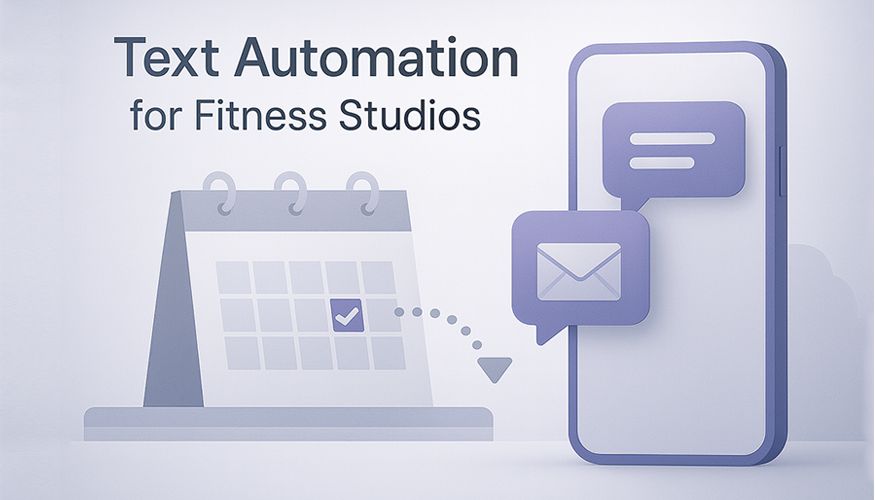
Text Automation for Fitness Studios: Reminders & Retention
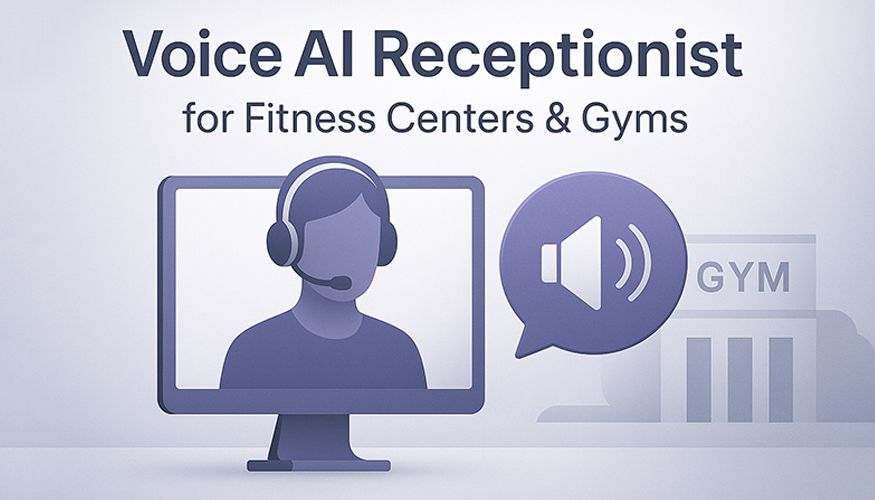
Voice AI Receptionist for Fitness Centers & Gyms
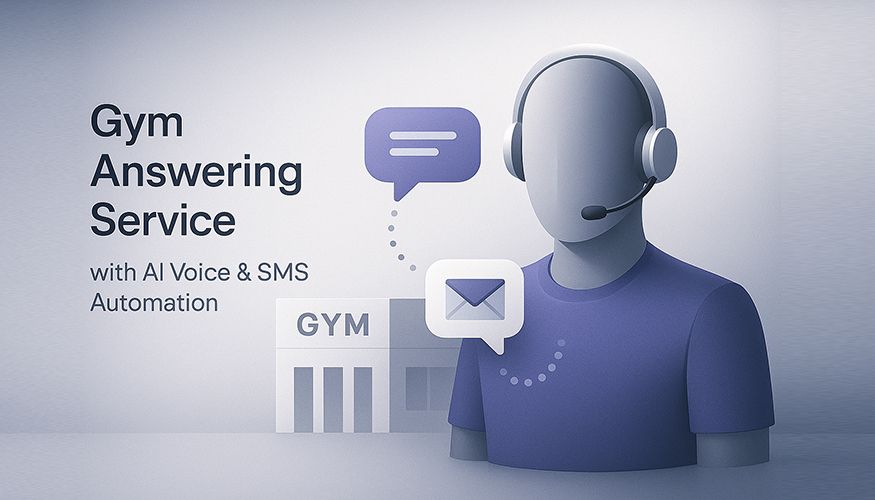
Gym Answering Service with AI Voice & SMS Automation
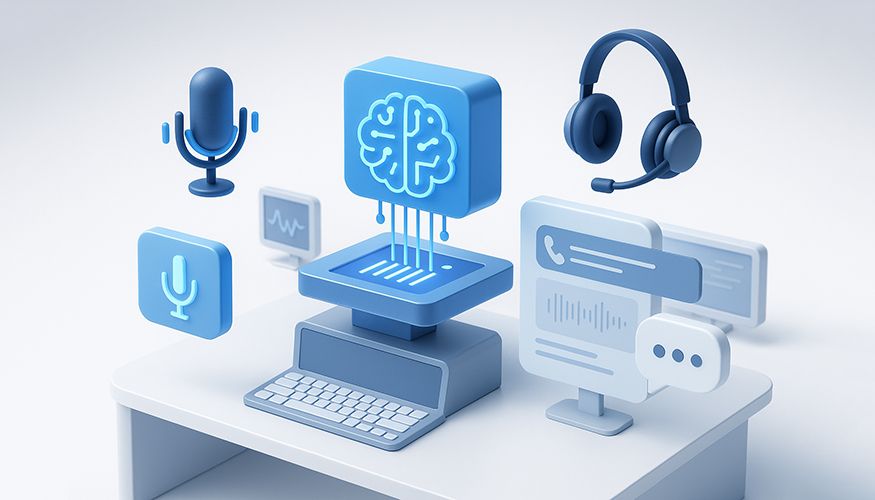
AI Call Center Solutions to Automate and Improve Support
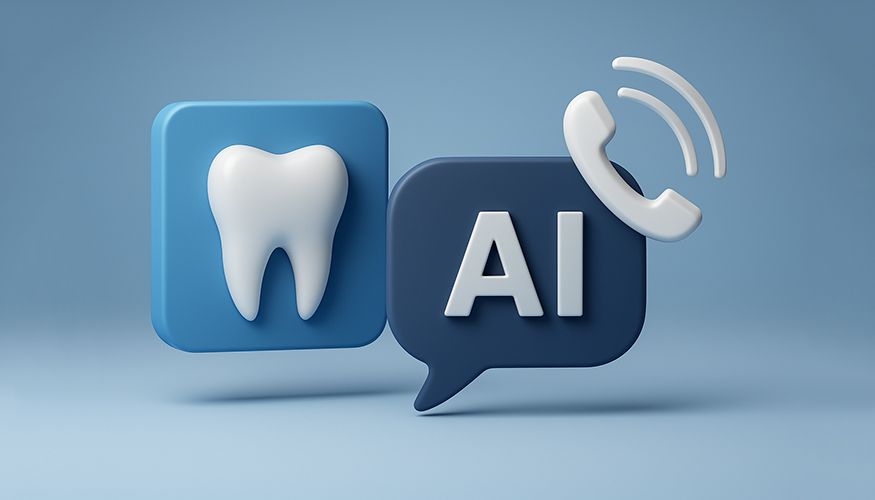
Dental Answering Service – 24/7 AI Receptionist Support
